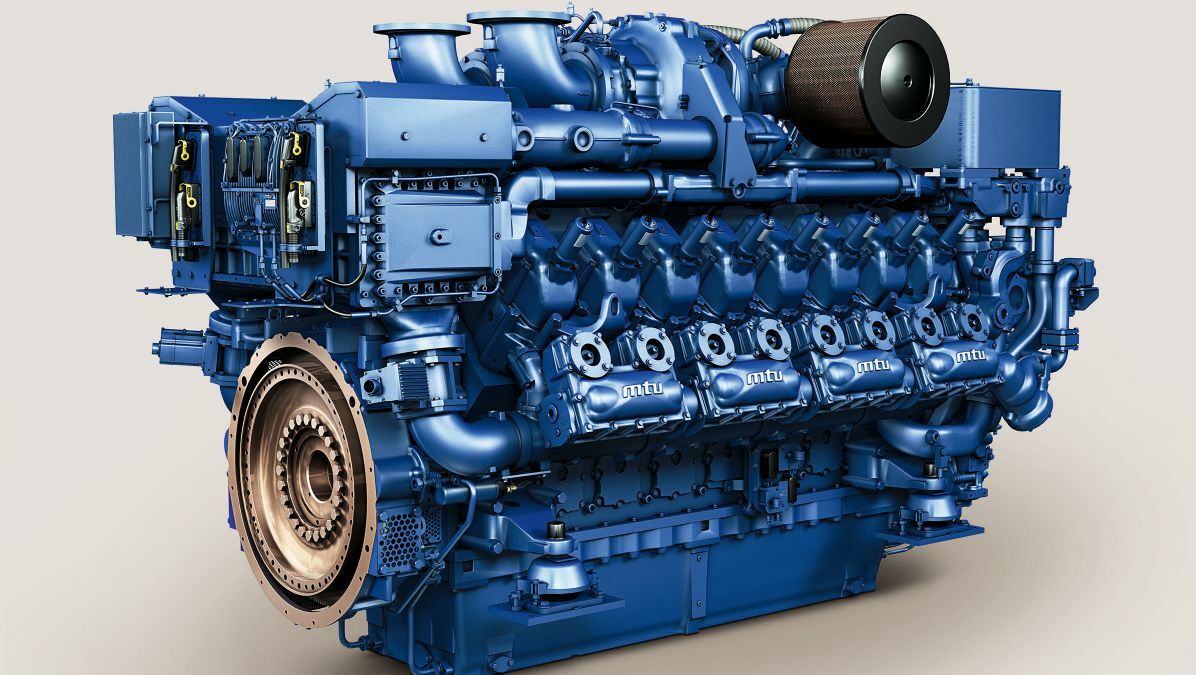The Pursuit for Ultimate Driving Power: Investigating the Peak of Engine Efficiency and Technological Breakthroughs in the Automotive Field
In the realm of vehicle design, the pursuit of maximum driving power has actually been a relentless mission that has unfolded through the evolution of engine style and the integration of innovative modern technologies. From the thorough workmanship of burning engines to the quick improvements in electric propulsion systems, the vehicle field stands at the cusp of a new era identified by unmatched performance capabilities.
Evolution of Engine Design

In addition, the combination of turbocharging and supercharging technologies has actually transformed engine layout by improving power without dramatically boosting engine size. These forced induction systems press the intake air, permitting even more gas to be combusted, therefore creating greater power output from a smaller engine. This advancement has actually been particularly critical in enhancing the performance of smaller sized displacement engines while keeping gas performance criteria.

Performance-Enhancing Fuel Technologies
The execution of sophisticated fuel modern technologies has dramatically added to improving engine efficiency in modern-day cars. Biofuels, acquired from eco-friendly sources like corn, algae, or sugarcane, deal improved and minimized exhausts engine performance. Furthermore, fuel ingredients and detergents are being developed to tidy engine elements, enhance combustion, and decrease friction, thus increasing overall lorry efficiency.
Innovations in Electric Propulsion
Substantial strides in electric propulsion innovation have transformed the automobile sector, leading the way for a new age of lasting and effective transportation. Electric vehicles (EVs) are obtaining popularity because of their ecological advantages and developments in battery modern technology, making it possible for longer driving arrays and much shorter charging times. Suppliers are investing greatly in r & d to enhance the performance of electrical propulsion systems, focusing on raising power outcome, improving power performance, and reducing total weight.
One remarkable innovation in electrical propulsion is the growth of sophisticated electrical motors that deliver greater torque and power thickness, causing improved velocity and overall driving efficiency. Furthermore, regenerative braking systems have actually been refined to record and save energy during slowdown, further increasing the effectiveness of EVs.
Moreover, the assimilation of smart innovations, such as synthetic knowledge and anticipating analytics, is optimizing the management of electric propulsion systems, making sure optimal performance under various driving conditions. These innovations in electric propulsion are reshaping the auto landscape, driving the market towards a more sustainable and amazed future.
Effect of Computational Fluid Characteristics
With improvements in electrical propulsion pressing the boundaries like this of vehicle technology, the combination of Computational Liquid Characteristics is playing an essential function in maximizing aerodynamic efficiency and boosting general performance in automobile style. Computational Fluid Characteristics (CFD) entails making use of computer system simulations to examine the circulation of air around a vehicle, allowing designers to predict how style modifications will certainly influence the rules of aerodynamics without the demand for costly physical models. By properly modeling airflow patterns, CFD enables the improvement of car shapes to lower drag, boost air conditioning, and improve security.
One secret advantage of utilizing CFD in automobile layout is the ability to iterate swiftly, exploring various style variants to determine one of the most aerodynamically efficient services. This repetitive process results in cars that are not only sleeker and a lot more aesthetically enticing but likewise extra environmentally friendly and fuel-efficient. Additionally, CFD makes it possible for designers to enhance airflow around parts such as radiators, engine bays, and wheel wells, adding to boosted performance and general driving experience. To conclude, the combination of Computational Fluid Dynamics stands for a substantial advance in the quest for ultimate driving power and efficiency in the auto market.
Future Fads in Engine Innovation
In the vibrant landscape of automotive engineering, sophisticated innovations are forming the future trajectory of engine development. The future of engine find here style is noted by a strong focus on performance, sustainability, and efficiency. Manufacturers are significantly focusing on developing engines that not just provide high power outputs yet also focus on environmental obligation by boosting and reducing emissions fuel efficiency.
One noticeable pattern in engine technology is the surge of electrification. Crossbreed and electric powertrains are acquiring grip as practical options to conventional combustion engines. These modern technologies offer the possibility for substantial decreases in carbon exhausts and enhanced power effectiveness, straightening with global initiatives to battle climate change.
Furthermore, improvements in products science and production strategies are making it possible for the manufacturing of lighter and extra durable engine components. This shift towards lightweight materials such as carbon fiber and aluminum alloys contributes to boosted performance and gas economic climate.
Verdict
In verdict, the quest of supreme driving power in the automobile market proceeds to drive advancements in engine style, fuel innovations, electrical propulsion, and computational fluid dynamics. The development of these innovations is forming the future of engine advancement, leading the way for extra effective and effective cars (engines for africa). As the market continues to press the borders of what is possible, we can expect to see much more groundbreaking developments in the pursuit for peak efficiency
One of the essential turning points in engine style evolution is the transition from traditional carbureted engines to contemporary fuel-injected systems. By precisely metering recommended you read the fuel shipment to each cylinder, fuel-injected engines enhance burning, resulting in far better performance and minimized ecological influence.
Furthermore, the combination of turbocharging and supercharging technologies has actually revolutionized engine design by increasing power without significantly boosting engine dimension (engines for africa).The implementation of advanced gas innovations has actually considerably added to boosting engine performance in modern-day automobiles. In addition, fuel ingredients and detergents are being formulated to clean engine components, maximize combustion, and lower rubbing, thereby improving general car performance